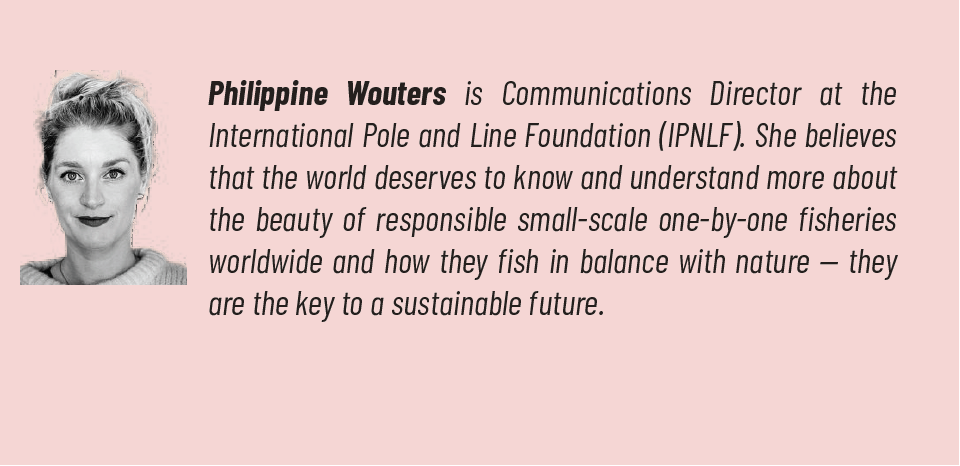Article II 5/2024: ENHANCING MARKET ACCESS FOR SMALL-SCALE FISHERS THROUGH PRIVATE-PUBLIC PARTNERSHIPS
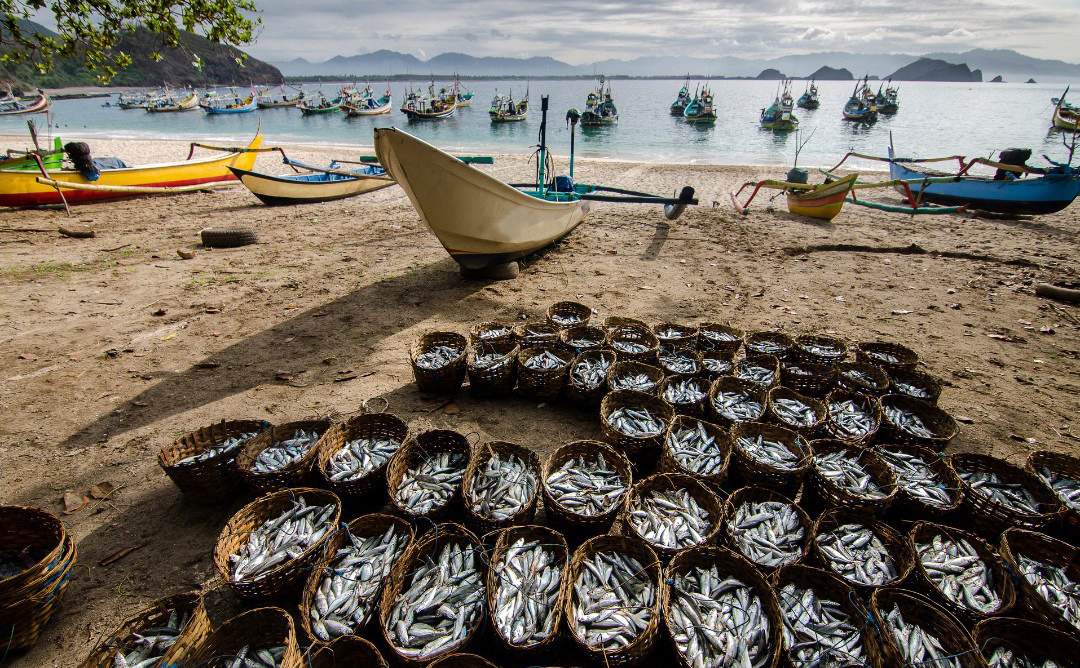
Small-scale fisheries (SSF) are integral to many coastal states, upholding traditions passed down through generations. They are essential for local communities and provide for a global market, significantly contributing to food security, nutrition, and livelihoods, especially in developing countries. The United Nations established the Sustainable Development Goals (SDGs) as a comprehensive blueprint for a better and more sustainable future. They consequently address global poverty, inequality, climate change, environmental degradation, peace, and justice.
Focussed to conserve and sustainably use the oceans, seas and marine resources for sustainable development, SDG 14, Life Below Water, calls for the conservation and sustainable use of marine resources, emphasising reducing pollution, protecting marine and coastal ecosystems, and ending overfishing. SDG 14b highlights the need to provide small-scale artisanal fishers access to marine resources and markets. It is essential to consider that all the SDGs are interconnected, with progress in one area often dependent on progress in others. For instance, sustainable marine resource use relies on responsible consumption and production (SDG 12) and contributes to Decent Work and Economic Growth (SDG 8).
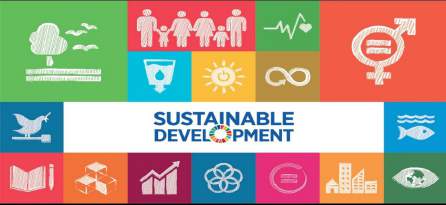
Fishing communities are often in remote locations and struggle to compete in the market due to the dominance of large-scale industrial fishing operations. Overfishing leads to less tuna coming to shore, threatening food security and income, and climate change poses an additional threat to these communities, whose livelihoods are closely tied to the ocean. Addressing these complex issues requires a collaborative effort.
The International Pole & Line Foundation (IPNLF) believes that private investment can be used to address some of the challenges and can help to advance these responsible fisheries. IPNLF collaborates with fishers, civil society, private sector partners, and governments to make small-scale fisheries safer, more efficient, and environmentally responsible. Over the last few years, IPNLF public-private partnerships (PPPs) have emerged as a strategy to improve fishery operations and increase market access for these types of fisheries. By leveraging the strengths and resources of both the public and private sectors, PPPs can create more sustainable, inclusive, and profitable opportunities for small-scale fishers.
Challenges for small-scale fisheries
The exploitation of global fish stocks ramped up dramatically with the introduction of motorised vessels, and this has been especially true since the 1950s, with global fishing capacity and effort more than doubling1. In contrast, the nominal catch per unit of effort (CPUE) has comparatively decreased as an increasing number of larger fishing vessels are using more sophisticated equipment to chase and catch fewer fish. Such a situation is not sustainable; We remove over 100 million tons2 of wild fish from the oceans every year, the majority of which are taken via destructive and non-selective fishing methods such as bottom trawling and gill nets; and in tuna fisheries, the use of entangling drifting Fish Aggregating Devices (FADs). With overfishing on the high seas, less tuna comes to shore, threatening small-scale fishers’ food security and livelihood income.
Climate change and environmental degradation
Climate change poses a significant threat to small-scale fisheries, particularly those in coastal communities. This rapid, sometimes permanent, change in global environments has a rippled impact on the ocean. As the ocean absorbs around 90% of this excess heat, ocean ecosystems are one of the worst affected by rising temperatures because they lead to changes in the levels of oxygen and acidity of the water; and these in turn affect marine species’ biomass, spawning and migration patterns, as well as disrupt traditional fishing practices.
Additionally, environmental degradation caused by overfishing, pollution, and habitat destruction further threatens the viability of small-scale fisheries. For example, the Atlantic Ocean is warming by +0.49 degrees per decade3, leading to significant ecosystem changes. It also affects local communities and industries by changing the distribution of species globally. Scientists are already seeing how climate change affects migration patterns of tuna worldwide and how this leads to an increased impact of (industrial) fisheries on ocean ecosystems regarding a higher bycatch rate or catching of non-target species because of stock shifts.
One group of species most affected are tuna; they are the top predators of our oceans; they swim fast and far, but most importantly, they are incredibly popular as wild-caught seafood species. In alignment with the FAO’s “Leave No One Behind” principle in development planning4, the sense of urgency to address this issue and implement mitigating measures must come from both the public and private sectors.
Market access barriers
Procurement policies set the internal requirements for what type of seafood a company can purchase, and many retailers are often unable to procure seafood from small-scale fisheries because of the content of their procurement policies5. However, these policies are also somewhat fluid and can be subject to change depending on business priorities or how companies want to position themselves on environmental and social issues. There has been an ongoing trend in international markets, particularly the European market, to demand certified seafood.
Small-scale fisheries often struggle to meet international markets’ stringent standards and certification requirements. The costs and complexities of meeting these standards can be prohibitive for smallscale fishers, who may, in some cases, meet all of the relevant criteria but are unable to afford the initial certification or the ongoing auditing process. International certifications such as the Marine Stewardship
2) Hannah Ritchie and Max Roser: “Fish and Overfishing How are fish stocks changing across the world? How much is overfished?”
3) William W. L. Cheung, Reg Watson & Daniel Pauly , Signature of ocean warming in global fisheries catch - 2013
4) United Nations - FAO - “GUIDELINES ON INTEGRATING THE PRINCIPLE INTO DEVELOPMENT PLANNING IN EUROPE AND CENTRAL ASIA”: https://openknowledge.fao.org/server/api/core/bitstreams/766e9b6c-1955- 4503-84cb-9909aa65239e/content
5) Pita, C., Ford, A. (2023). Sustainable seafood and small-scale fisheries: improving retail procurement.
Geographical features and landscape can provide some additional challenges; small-scale fisheries often operate in remote locations with limited access to infrastructure, markets, and financial services. This isolation exacerbates social and economic inequities, making it difficult for fishers to invest in improvements, access markets, and improve their livelihoods. Furthermore, women, who comprise a significant portion of the workforce in small-scale fisheries, often face gender-related barriers to equal participation and economic empowerment.
Overcoming barriers through partnerships
Masirah Island, Oman
Seafood Souq joined forces with IPNLF in 2022 in a collaboration focused on targeted improvements in one-by-one tuna operations to introduce high-quality, sustainably caught Omani tuna as an alternative source for the global seafood market. Seafood Souq’s role was also to provide a direct route to international buyers via their digitised seafood marketplace. This guaranteed access to the market was key for the well-being of the fishers and for reducing the risk of the project.
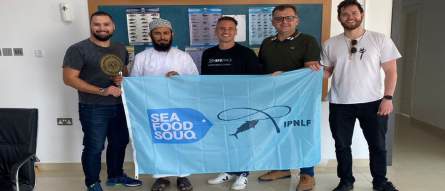
One of the challenges faced by this fishery was developing the techniques to provide the highest quality tuna product (“grade-A”) to meet the demands of international buyers. In the global market, high-quality tuna for sushi and sashimi is often bought from longlines rather than smallscale fisheries using low-impact techniques like handline. However, this doesn’t necessarily have to be the case. Over ten days in Oman, the IPNLF team provided technical training in proper catch techniques, fish handling, and cold management. It demonstrated within those ten days that, with the right techniques, Omani handline tuna could become ‘Grade-A’ quality and that post-harvest losses can be eliminated.
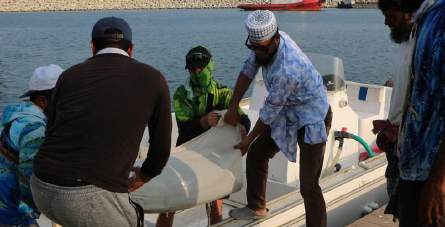
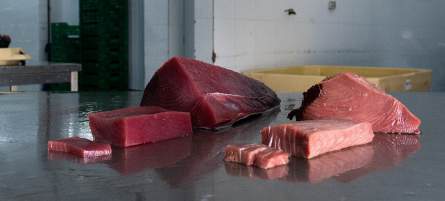
Kawa, Maluku, Indonesia
With approximately a million tonnes exported annually, Indonesia is the largest tuna producer in the world, and also a key player in responsible sourcing practices. A significant portion of its tuna is caught by artisanal, traditional tuna fisheries using one-by-one fishing methods. The local fishery in Kawa, Maluku, Indonesia, is no exception; the fishery underpins local livelihoods and provides equitable wealth distribution, food security, and gender-equal employment opportunities. However, like most smallscale fisheries, they are characterised by their remoteness and often lack reliable access to electricity. This can cause food safety issues in fish handling and the facilities needed to maintain a cold chain.
Enhancing operational efficiencies through renewable energy can significantly reduce costs and improve the competitiveness of small-scale fisheries. In a multi-stakeholder partnership, the German government body Deutsche Gesellschaft für Internationale Zusammenarbeit (GIZ), together with local and international one-by-one tuna supply chain partners, is now implementing off-the-grid solar photovoltaic-powered ice makers as an innovative and modern climate-friendly cold-chain technology in remote Indonesian fishing communities.
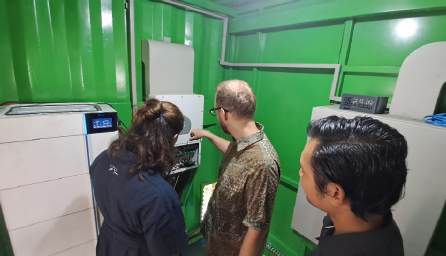
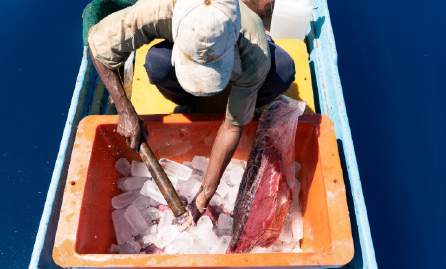
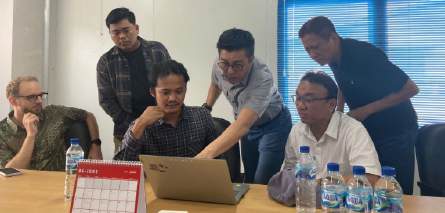
Collaboration is key
Empowering small-scale fisheries is an ethical and strategic opportunity for the global seafood industry. Supporting responsible, low-impact fisheries contributes to achieving the SDGs, protecting ocean biodiversity, and ensuring the livelihoods of millions worldwide. The time to act is now, and together, we can create a more sustainable, inclusive, and equitable future, leaving no one behind.
IPNLF urges a shift from a profit-first perspective to a peoplefirst approach, transforming food systems into nature-positive and biodiversity-focused. Sustainable fisheries must secure livelihoods and restore ocean life by stopping overfishing and destructive practices. Initiatives like solar-powered ice makers and the Bali Declaration highlight the importance of tackling climate change in fisheries management.
The 2030 deadline for sustainable development is fast approaching. Policymakers and markets have commitments to uphold, and now is not the time to delay change. IPNLF believes radical changes in tuna fisheries management are essential for a sustainable future.
